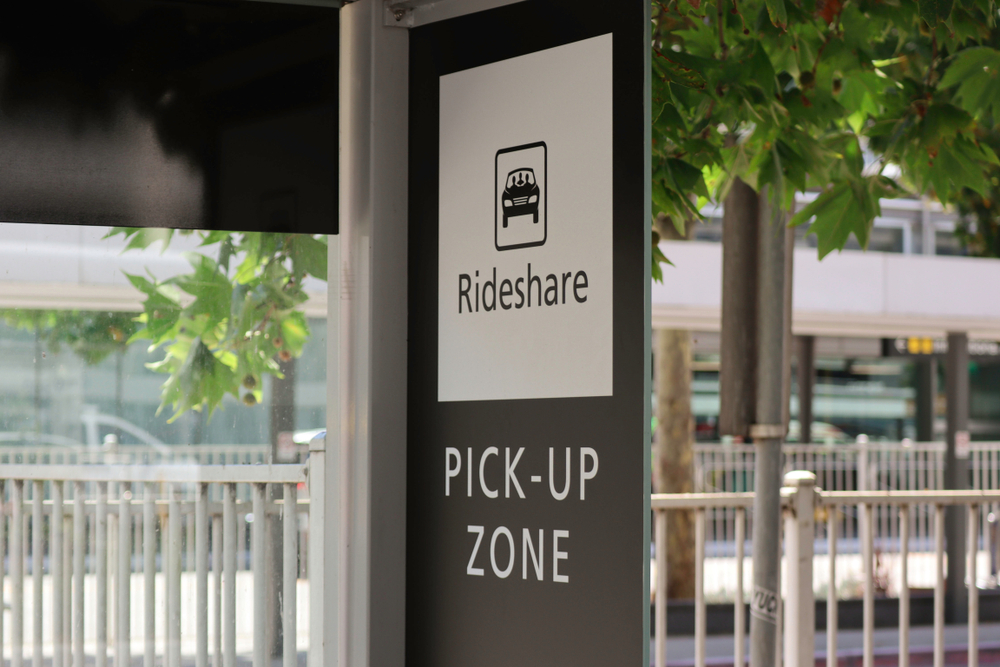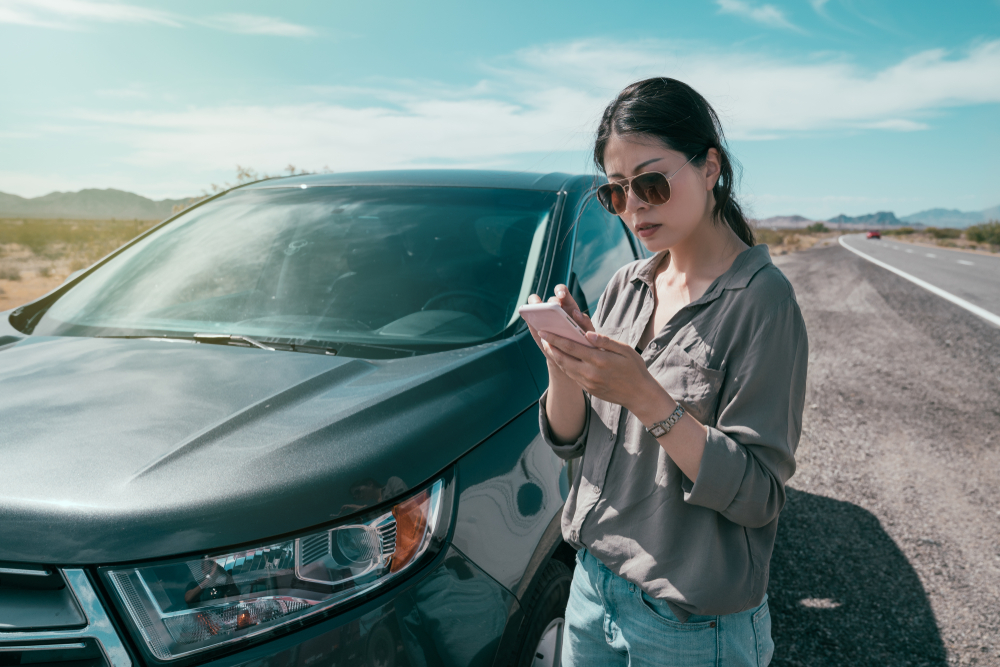
Who Is Liable in a Rideshare Accident?
Understanding Responsibility in California Rideshare Collisions
Navigating Rideshare Crashes
Getting hurt in a rideshare accident can leave you facing more questions than answers. Who pays for your injuries? Does the driver’s insurance cover you, or does the rideshare company step in? California law around traffic accidents is complex, especially when it comes to companies like Uber and Lyft. Knowing where to start can make all the difference if you or a loved one is recovering from a crash.
Defining Rideshare Liability
Rideshare accidents involve vehicles driven for pay through platforms like Uber and Lyft. Liability means legal responsibility for damages or injuries. In California, several parties might share responsibility, depending on who caused the crash and what the driver was doing at the time. The state’s approach is different for car accidents involving regular drivers compared to those working for app-based companies.
Key California Laws
California has unique rules for rideshare companies. “Transportation network companies” (TNCs) must provide special insurance coverage for drivers. These requirements come from state laws like:
- California Public Utilities Code § 5433 (insurance minimums)
- Assembly Bill 5 (AB5), which impacts driver classification
- Comparative fault rules under California Civil Code § 1714
These laws interact with personal injury and premises liability rules, shaping how claims are handled.
When the Rideshare Driver Is At Fault
If the driver of your Uber or Lyft caused the accident, their insurance and the rideshare company’s policy may both be involved. Coverage depends on what the driver was doing:
- App Off: The driver’s personal policy applies
- App On, No Passenger: TNC provides $50,000 per person for injury, $100,000 per accident, $30,000 for property damage
- En Route or Passenger Onboard: $1 million in liability coverage from the TNC
Understanding these phases is critical if you’re filing a claim for common injuries in rideshare accidents.
When Another Driver Is At Fault
Sometimes, another driver causes the crash. In those cases, you may file a claim against the at-fault driver’s insurance. If that driver is uninsured or underinsured, Uber and Lyft typically offer up to $1 million in uninsured/underinsured motorist coverage during active rides.
The Rideshare Company’s Role
Rideshare companies are required by law to carry insurance, but they often try to limit their own liability. They may argue drivers are independent contractors, not employees. Recent legal changes, like AB5, challenge this distinction. The outcome can affect your ability to recover damages after tractor-trailer accidents or other severe incidents.
Third-Party Liability
Other parties sometimes share blame. For example, a vehicle manufacturer could be responsible if a defect played a role, tying into defective vehicle parts. Or, a city or county might be liable for dangerous road conditions. Each case requires careful investigation.
Insurance Coverage Gaps
Not all policies work the same. Some drivers might not have adequate insurance, or their policy may exclude commercial use. Rideshare company policies can have exclusions too. Knowing these gaps helps you avoid surprises when seeking compensation for traffic accidents.
How Comparative Fault Impacts Your Claim
California uses a “comparative fault” rule. This means if you share some blame for the crash (for example, not wearing a seatbelt), your recovery may be reduced. This rule applies to all types of traffic accidents, including those involving rideshares.
Steps to Take After a Rideshare Crash
After any crash involving an Uber or Lyft, take these steps:
- Call 911 if there are injuries
- Get medical care, even for mild symptoms
- Take photos of the accident scene and vehicles
- Obtain contact info for all drivers and witnesses
- Report the crash in the rideshare app
- Keep all receipts and documentation
For a more detailed action plan, see Steps to Take After a Rideshare Accident.
Damages You Can Seek
If you’re injured, you may claim:
- Medical bills (past and future)
- Lost wages and lost earning capacity
- Pain and suffering
- Property damage
- Loss of enjoyment of life
The value of a claim depends on the facts. For more information, read about compensation in car accident claims.
Challenges with Rideshare Claims
Rideshare companies and insurers may contest your claim or shift blame. They may question whether the driver was “on the clock” or argue about the severity of your injuries. Having an attorney who understands traffic accident law in California can make a difference.
Why Legal Guidance Matters
Rideshare accident cases are often more complex than standard car accidents. Insurance rules, driver classification, and corporate policies all play a role. Consulting a personal injury attorney who knows California’s laws can help you protect your rights and avoid mistakes that hurt your case.
Liability Breakdown: Key Points
- Rideshare drivers are usually not employees, but California law is changing
- Insurance coverage depends on what the driver was doing at the time of the crash
- Multiple parties may share responsibility
- You have two years from the accident to file most claims
Who May Be Liable?
- The rideshare driver (if negligent)
- The rideshare company (depending on driver status)
- Other at-fault drivers
- Vehicle or parts manufacturers
- Government agencies (for road hazards)
Steps for Protecting Your Rights
- Don’t negotiate directly with insurers before seeking advice
- Document everything, including your injuries and expenses
- File a police report if possible
- Preserve evidence from the scene and the rideshare app
Common Mistakes to Avoid
- Delaying medical care
- Failing to gather evidence
- Missing claim deadlines
- Accepting a quick settlement
When to File a Lawsuit
If negotiations fail, you may need to file a lawsuit. California’s legal system allows you to seek damages through the courts, but strict deadlines apply. For more on legal timelines, see Steps to Take After a Car Accident.
Resources and Support
- California Department of Insurance
- California Public Utilities Commission (CPUC)
- Your local police department
Frequently Asked Questions about Rideshare Accident Liability
Who pays for my injuries after a rideshare accident in California? Depending on the situation, compensation may come from the rideshare driver’s insurance, the rideshare company’s policy, or another at-fault driver’s insurance. California law requires rideshare companies to provide up to $1 million in coverage when drivers are carrying passengers.
Does Uber or Lyft always cover my damages? Not always. Coverage depends on whether the driver was logged into the app and carrying a passenger at the time of the accident. If the app was off, only the driver’s personal insurance may apply.
Can I sue the rideshare company directly? In some cases, yes—especially if the company failed in its legal duties or if the driver is classified as an employee under California law. However, most claims start with insurance.
What if the other driver in the accident is uninsured? Uber and Lyft provide uninsured/underinsured motorist coverage up to $1 million if the accident happens while a passenger is onboard or the driver is en route to pick up a passenger.
How long do I have to file a rideshare accident claim in California? You generally have two years from the date of the crash to file a claim for personal injuries in California. Shorter deadlines may apply for claims against a government agency.
Ready for Answers?
Sorting out rideshare accident liability in California can be overwhelming, but you’re not alone. If you have questions about who is responsible after an Uber or Lyft crash, call Attain Law at (888) 970-8627 or contact us today for a free consultation. We’re here to support you every step of the way.
Disclaimer: This is an advertisement. The information provided is for general purposes only and is not legal advice. Consult a qualified attorney for your specific case. Attain Law cannot guarantee outcomes, as results vary by situation.
Browse Other Articles for "Rideshare Accidents" in California:
Start Your FREE Consultation
Complete the form for a Free Consultation. No upfront fees, swift action, and we’re only paid when we succeed for you.
Why Choose Attain Law?
- No Upfront Costs
- We operate on a contingency fee basis—you pay nothing unless we win your case.
- Personalized Attention
- Every case is unique. We tailor our strategies to fit your specific situation.
- Proven Track Record
- Our firm has successfully recovered millions for our clients.
- Statewide Representation
- Based in Woodland Hills, we serve clients throughout California.
Justice Is One Step Away
Ready to turn your struggle into strength? At Attain Law, we’re here to take on your fight—whether it’s a car accident, a dangerous drug, or a workplace injury gone wrong. One call starts it all, and we’re with you every step, no upfront cost required.
- Free Case Review
- No Fees Until Victory
- Millions Recovered
- Personal Strategy
- California Coverage
- Relentless Case Pursuit


